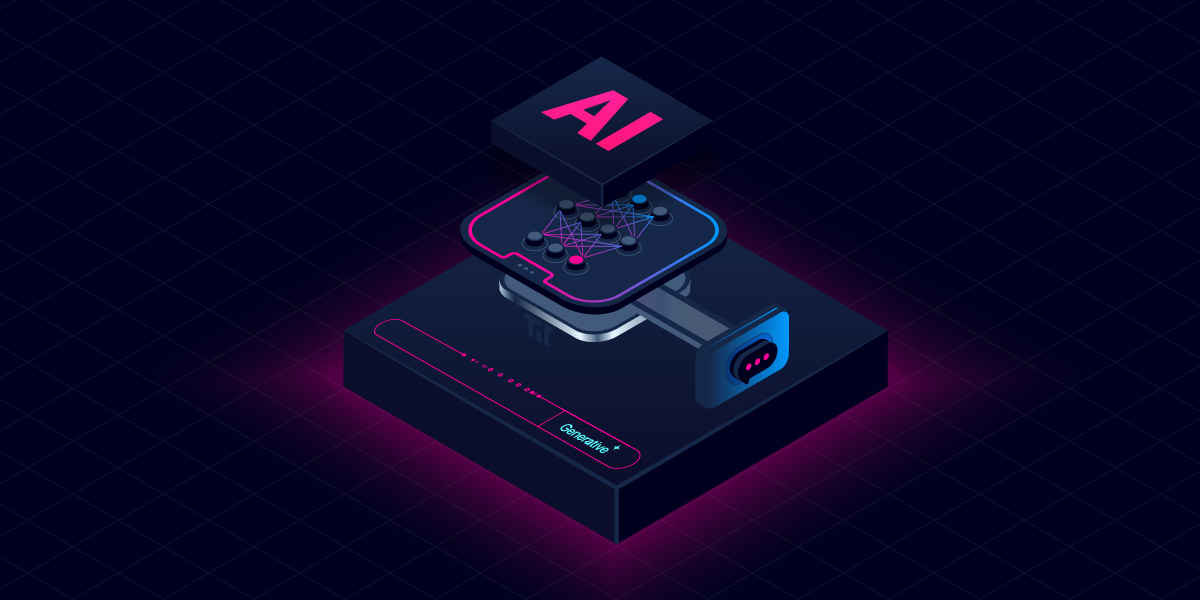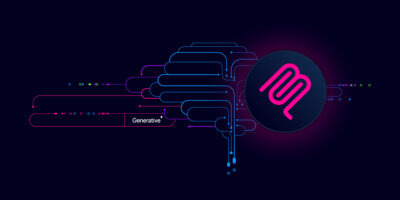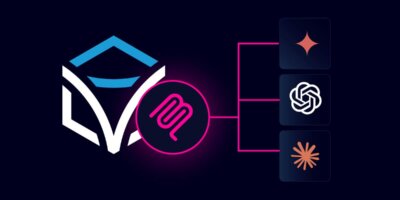Share this

Table of Contents
When I was invited to speak at the Selector AI Summit for Network Leaders, my first thought was how to bring something practical to a conversation filled with groundbreaking demos and AI hype. My goal wasn’t to impress with futuristic promises – it was to get real about where most enterprises actually are, what’s holding them back, and how we can move forward strategically in this AI-enabled era.
After fifteen years on the enterprise side in financial services and healthcare, and now several years in the startup world, I’ve seen both sides of the transformation struggle. Enterprises have scale, process, and risk discipline. Startups have speed, creativity, and fewer constraints. The real challenge for today’s infrastructure leaders is finding a way to bring those two worlds together – to move fast and stay stable.
The Reality Check: We’re Still Fighting the Same Fires
In my talk, I shared a story that has stuck with me. A few days before the Summit, I had lunch with a friend who runs network operations at a large enterprise. The moment I sat down, he smiled and said, “Here comes the MCP snake oil salesman.” I laughed, but what he said next perfectly summed up the challenge ahead of us.
I started describing a process from my old NetOps days – dual-homed MPLS circuits, BGP flapping, endless tickets, runbooks, and the ITIL change approval chain before anyone could touch the CLI. He stopped me mid-sentence. “You’re describing what we do today,” he said.
That conversation hit hard. We talk about progress, but most organizations are still running the same playbooks we were using a decade ago. The tools have evolved – SD-WAN, APIs, automation platforms – but the processes haven’t. Teams are still firefighting, stretched thin, and operating in a culture that says, “If it ain’t on fire right now, don’t fix it.”
That mindset is what I call status quo bias, and it’s one of the biggest barriers to transformation. It’s not that enterprises don’t understand the value of automation or AI, it’s that they’re too consumed by daily survival to implement it.
Why the Stakes Are Higher Than Ever
We all know human error causes most network incidents. Gartner estimates that two-thirds to four-fifths of downtime in enterprise environments is still linked to manual mistakes. That statistic hasn’t changed much over the past decade – but what has changed is the cost.
According to research from Splunk and Oxford Economics, the annual cost of downtime for Global 2000 organizations now exceeds $400 billion, representing about 9% of profits. Even more concerning, the average cost of unplanned outages increased by 10% from 2022 to 2025. More complexity, more integrations, more data, and somehow, we’re getting worse at resilience, not better.
So the question isn’t whether we need automation. It’s whether we can make automation operationally adoptable.
Enter MCP: The Catalyst for Real Adoption
That’s where Model-Driven Control (MCP) comes in. I view MCP as the most promising catalyst for enterprise-grade adoption of AI-ready automation. It’s not another vendor-specific framework or proprietary API. It’s a standardized protocol that makes automation composable – connecting systems, vendors, and data sources in a way that’s modular, portable, and interoperable.
Before MCP, most integrations looked like a Great Wall of point-to-point API connections, middleware, and consultants managing brittle workflows. Every change required weeks of testing, documentation, and new RFPs. With MCP, the model flips. The relationship between vendors becomes plug-and-play, and the relationship between humans and automation becomes one of trust and transparency.
That’s why I believe MCP is the bridge between intent and execution – the missing layer that lets enterprises move from script-driven automation to AI-driven orchestration.
Adoption Patterns & the Diffusion Curve
Every new technology follows a pattern. Everett Rogers’ Diffusion of Innovations model and Gartner’s Hype Cycle both illustrate the same truth: innovation doesn’t spread evenly. You have the innovators building the stadium, the early adopters skating to where the puck is going, and then the pragmatists and laggards reacting only when they must.
Right now, MCP and agentic NetOps are still in the embryonic stage. Gartner’s 2025 research notes that less than 1% of enterprises have deployed MCP-based automation, and two-thirds of network tasks are still performed manually. Yet by 2030, Gartner predicts that 50% of organizations will leverage agentic NetOps with minimal human involvement, up from nearly zero today.
That’s a huge leap, but it won’t happen automatically. It requires the industry to shift from proof-of-concept thinking to platform thinking.
“You can’t get to agentic AI without first getting automation and orchestration right.”
A Realistic Path Toward Agentic NetOps
Agentic NetOps – the idea of autonomous, self-healing networks – isn’t science fiction. But it’s not something you can “buy” overnight either. It’s a journey of trust.
At Itential, we think of that journey in three stages:
- Human-in-the-loop: Automation assists, but every action is verified.
- Human-on-the-loop: The system executes autonomously, but humans supervise.
- Human-out-of-the-loop: Full autonomy, driven by consistent, verified outcomes.
Each stage builds confidence, data quality, and operational maturity. And just like in my friend’s story, you can’t skip steps – there are no shortcuts. If you don’t put in the work to standardize, govern, and measure automation today, you’ll struggle to trust AI tomorrow.
Bringing It All Together
Gartner also points out that the low adoption rate of AI in network operations isn’t just about technology, it’s about organizational readiness. Only 58% of enterprises say they’re open to using generative AI in network management, and most are waiting for proven business value.
That’s where leadership matters. The future of infrastructure isn’t just technical, it’s strategic. It’s about aligning innovation with risk, empowering teams to experiment safely, and using standards like MCP to make automation consistent across the enterprise.
As I said in my session, you can break things much faster now, which means the fundamentals matter more than ever. Get your orchestration foundation right. Eliminate manual steps. Build guardrails. Then, when AI comes knocking – and it will – your infrastructure will be ready to learn, adapt, and scale on its own.
Final Thought
At the Selector AI Summit for Network Leaders, I didn’t want to paint a picture of distant, perfect automation. I wanted to share a roadmap grounded in reality – one that respects where enterprises are today while showing what’s possible tomorrow.
We don’t need to chase the next buzzword. We need to focus on the fundamentals that make transformation sustainable: standardization, interoperability, and trust. Because in the end, that’s what will carry us from automation to agentic AI.
If any of this resonates with what you’re seeing in your own organization, let’s connect.
You can find me on LinkedIn and YouTube. I post regularly about automation, orchestration, and AI strategy.
Check out my AI Summit for Network Leader talk on below or on YouTube. The slides and research links are all in my GitHub talks repo for anyone who wants to dig in.



